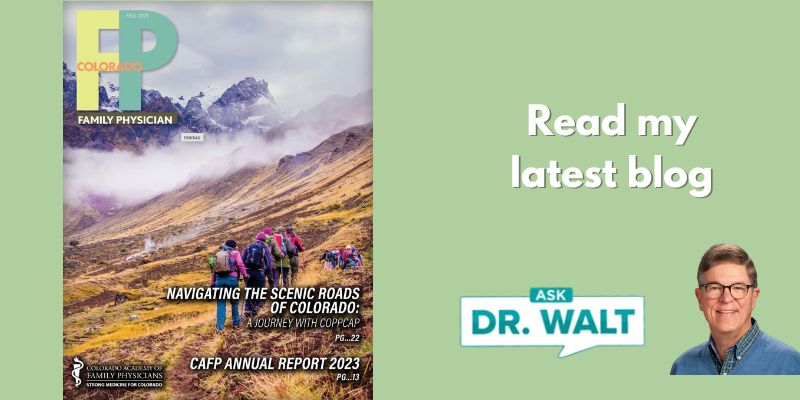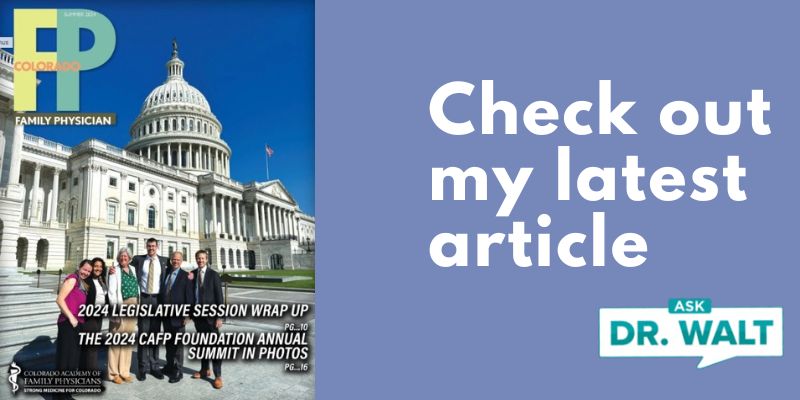Parents can help kids to slim down
December 22, 2008The Truth About 7 Common Food Additives
December 28, 2008The Wall Street Journal reports, “Retail pharmacies are waging what some consider a generic-drug price war that … reflects the intense competition that drug-store chains face in attracting and keeping customers.” But, this is GREAT news for healthcare consumers.
More Information:
Over the last few months, reports the Wall Street Journal, “three big pharmacy chains each have unveiled or expanded drug discount programs.
Walgreen this summer started strongly marketing its Prescription Savings Club, which provides discounts on generics and 5,000 branded medications and rebates on store-brand products.”
This fall, CVS “introduced a discount program aimed at the uninsured, offering a 90-day supply of more than 400 generic drugs for $9.99 and a 10 percent discount at the company’s store-based clinics.”
In September, Rite-Aid “rolled out nationally a prescription-savings card offering hundreds of generic drugs at $8.99 for a 30-day supply, or at $15.99 for a 90-day supply.”
Combine these programs with the $4.00 pricing for a month’s worth of many, many generic drugs at Wal-Mart, Target, and K-Mart, and consumers will be saving a ton of dough.
If you have medications that cost you more than $5 per month, even if your co-payment is more than $5 per month, ask you doctor if the medication is available in a generic carried by one of these outlets.
If not, ask your doctor if one of the generics on the list will work as well as the medication he or she has prescribed. Many times the answer will be, “yes,” and it will mean more money in your pocket.




0 Comments
Often when one goes to seek medical attention from a health care provider, that provider usually writes a prescription for that patient for medication to either treat the symptoms of the disease that may be present, cure the disease, as with the case regarding antibiotics, or the provider may prescribe medications to delay the progression of a disease that may exist with their patient.
The actual cost of that medication the patient receives from a pharmacy can vary greatly, and here is why:
More now than in the past, generic medications have been encouraged and selected by prescribers at a much higher rate. Health care providers are aware that generic drugs are less expensive than branded drugs that are equivalent to the generic drug prescribed as far as safety and efficacy are concerned. Nearly two thirds of all medications prescribed to patients in the United States are now for generic medications.
Generic medications are copies of branded medications that previously existed, yet no longer have a patent on these medications, which allows generic drug companies to produce these formally expensive drugs and a much lower cost
Why aren’t generic medications prescribed all the time, then? The branded drugs have representatives who leave samples of these branded medications with the health care provider, with the intention and belief that this provider will select this branded drug as a result. Generic medications, while much less expensive than branded medications, do not have samples of these drugs to be left with health care providers.
Around 4 billion prescriptions filled every year, so cost savings is rather important. Generic medications are about two thirds of this total pharmaceutical market with the drugs included in this market. However, while most prescriptions are for generic medications, this still is less than 15 percent of the total money spent on prescription drugs.
With branded medications, about 75 percent of these newly approved drugs by the FDA are similar in efficacy as drugs that already exist in this market, so there is no benefit with many of these expensive branded drugs. Finally, about half of all newly approved prescription drugs have had serious side effects soon after they have been approved, so newer is clearly not always better, of course, as it relates to safety for the patient taking the drug.
Most recently, certain managed health and prescription providers have been actually paying doctors to initiate if not switch their patients from branded medications they may be taking to generic medications, if possible. This may be due to a reaction caused by branded pharmaceutical companies offering similar inducements to health care providers to select their promoted medications. Both financial inducements that occur are remarkably legal, overall. Yet I find financial inducements in health care inappropriate and unethical when a health care provider treats a patient with prescribing medications for them.
Not long ago, generic drugs were not prescribed that often, or produced to a great degree, because of the cost of bringing such a med to the market, which at the time required the same clinical trial protocols as branded meds.
Fast forward to 1984, as this is when the Hatch-Waxman Act was introduced, and this Act only required generic meds to demonstrate bioequivalence to the branded med that they desire to reverse engineer, and nothing else was now required in the approval process that is mandated by branded medications to be completely developed and approved by the FDA. This reduced cost of generic manufacturing and approval allowed for more of these meds to saturate the pharmaceutical market, and doctors started prescribing more generic meds as a result.
Branded pharmaceutical companies were not pleased in large part with this new act, so they devised schemes to extent the patents of their branded meds through such tactics as reformulation or combining their branded medication with another generic drug to create a new combination medication, which is called evergreening, of their meds, which allows for them to continue the patent lifespan of their branded medication.
Additional branded drug company tactics include frivolous patent infringement lawsuits, which delays generic availability for a longer period because of these lawsuits. Also, branded pharmaceutical companies have been known to actually pay generic manufacturers to not release the equivalent of a branded medication.
The pharmacies that fill the prescriptions for the patients written by the health care providers support generic use, as pharmacies make more money off of generic prescriptions they fill for others compared with branded drugs. So delays will not prevent the utilization of generics, overall, or for a long period of time.
Generics seem to remain a concern to branded companies in spite of their efforts of avoiding their access, as branded companies have progressively started producing their own generic meds along with their branded ones due to the increased use of generics, or have acquired generic pharmaceutical companies entirely because of the progressive impact generic drugs are having on the business of branded drug companies.
Also, other reasons for increased generic prescribing may be due to the awareness and clinical experience of the previous branded med that has now been replicated by the generic medication.
Newer drugs at times are not a desirable choice of treatment for patients because of lack of confidence- as safety of these new drugs have not been overall established. This is concerning to several different health care providers. The familiarity of the generic drug accessible to them after the patent expiration of possibly the branded drug the health care provider had prescribed in the past assures the provider often that there will not be any safety or efficacy concerns by selecting such a generic drug.
Many clinical studies have proven that generics are as effective compared with branded medications for particular disease states. The ALLHAT trial showed this, with generic diuretics showed equivalence if not superiority over the branded medications it was compared with during this 4 year trial funded mostly by the NIH. Drugs utilized in this trial were cardiovascular drugs, and the examination of these both branded and generic drugs showed that the least expensive drugs, the generic drugs, provided the most benefit for the patients studied in this trial.
Most encouraging for even greater use of generic meds is that at least one company has created vending devices for doctor’s offices for dispensing both generic and over the counter meds. This may discourage the use of branded equivalent meds at a greater amount with generic samples available as well as the branded meds. In addition, and in some cases, doctors can order generic samples from the manufacturers directly. Both mechanisms for obtaining samples of generic drugs by a health care provider remain quite rare, however.
Then there are some health care providers who insist that you get what you pay for, so they are convinced that branded drugs are always more efficacious and tolerable than generic medications. This misconception is a fallacy, since both forms are identical from a bioequivalence and bioavailability paradigm, as required for approval. I’m sure it’s possible others have encouraged such doctors to take such a stance void of fact and reason. However, there may be some truth to decreased efficacy of generic drugs over their previously branded equivalents, yet not to a the point where it is a clinical concern.
In the U.S. Health Care System, cost is a rather large concern for members of the public health, and those who attempt to restore their health as it needs to be at times. Generic medications provide financial relief for patients in need of drugs to improve their health. And both the health care provider as well as the patient can be assured that a generic drug prescribed to, and taken by, a patient will provide the efficacy needed to address the medical problems of the patient. More importantly, the patient saves money, without compromising their safety,
Dan Abshear